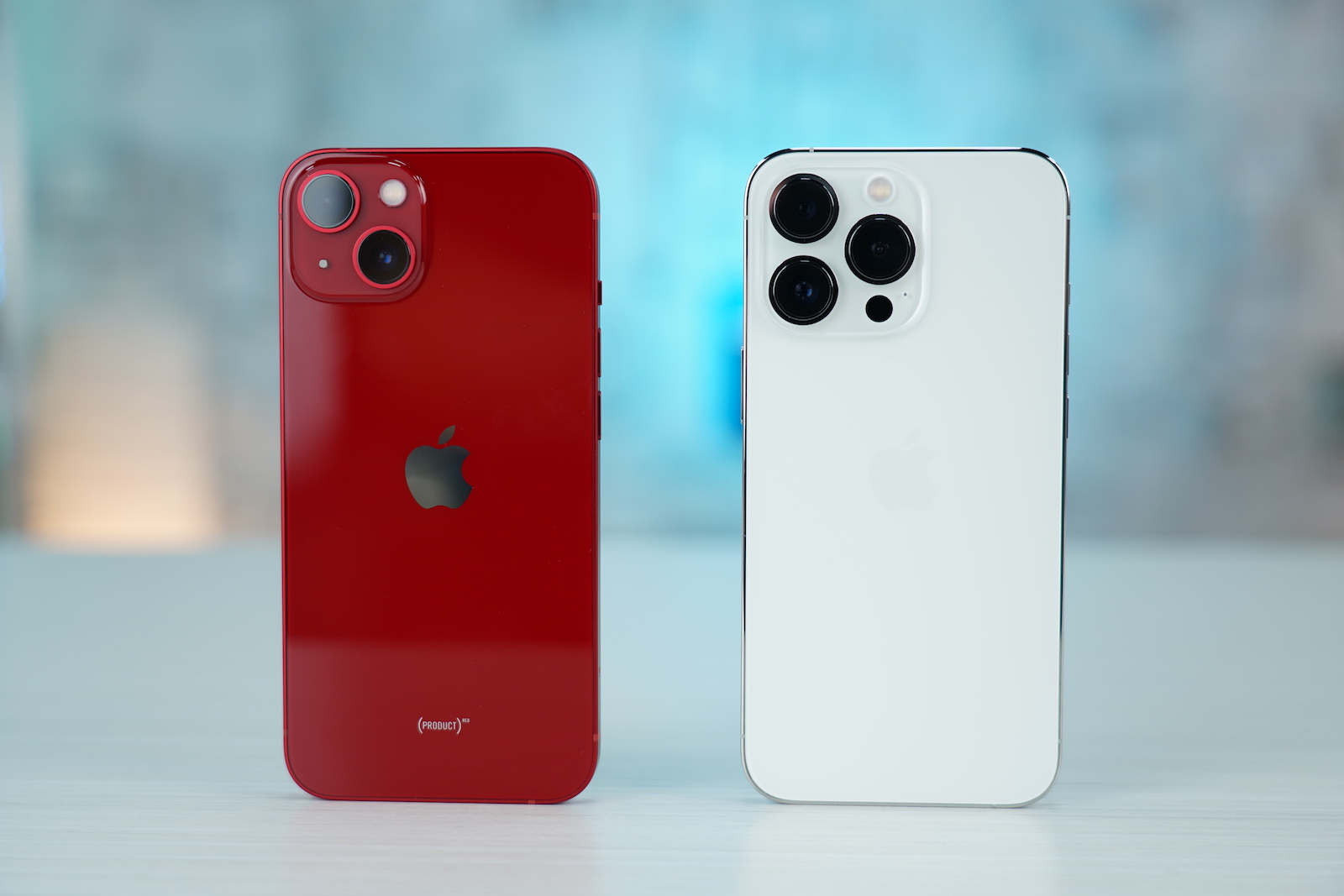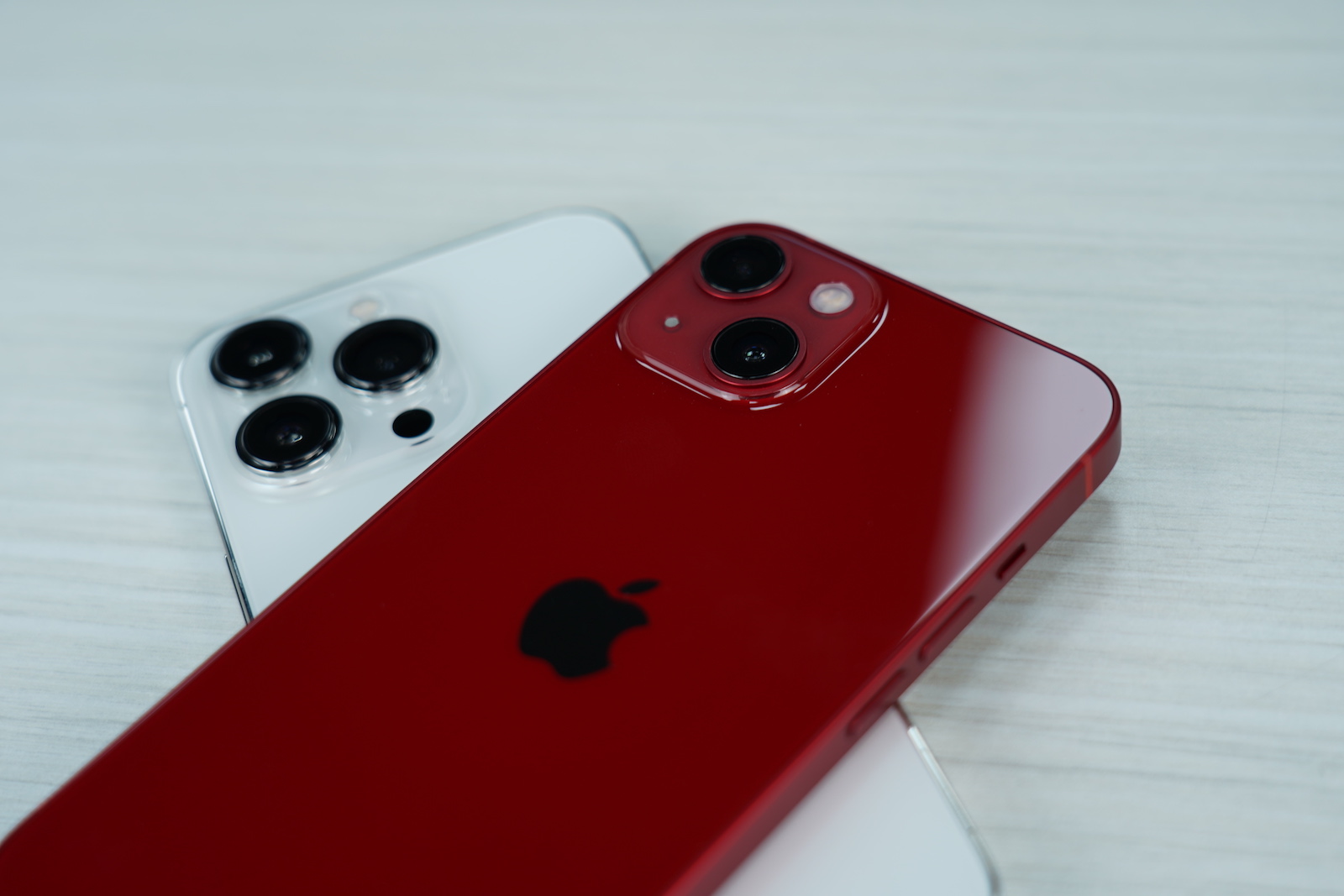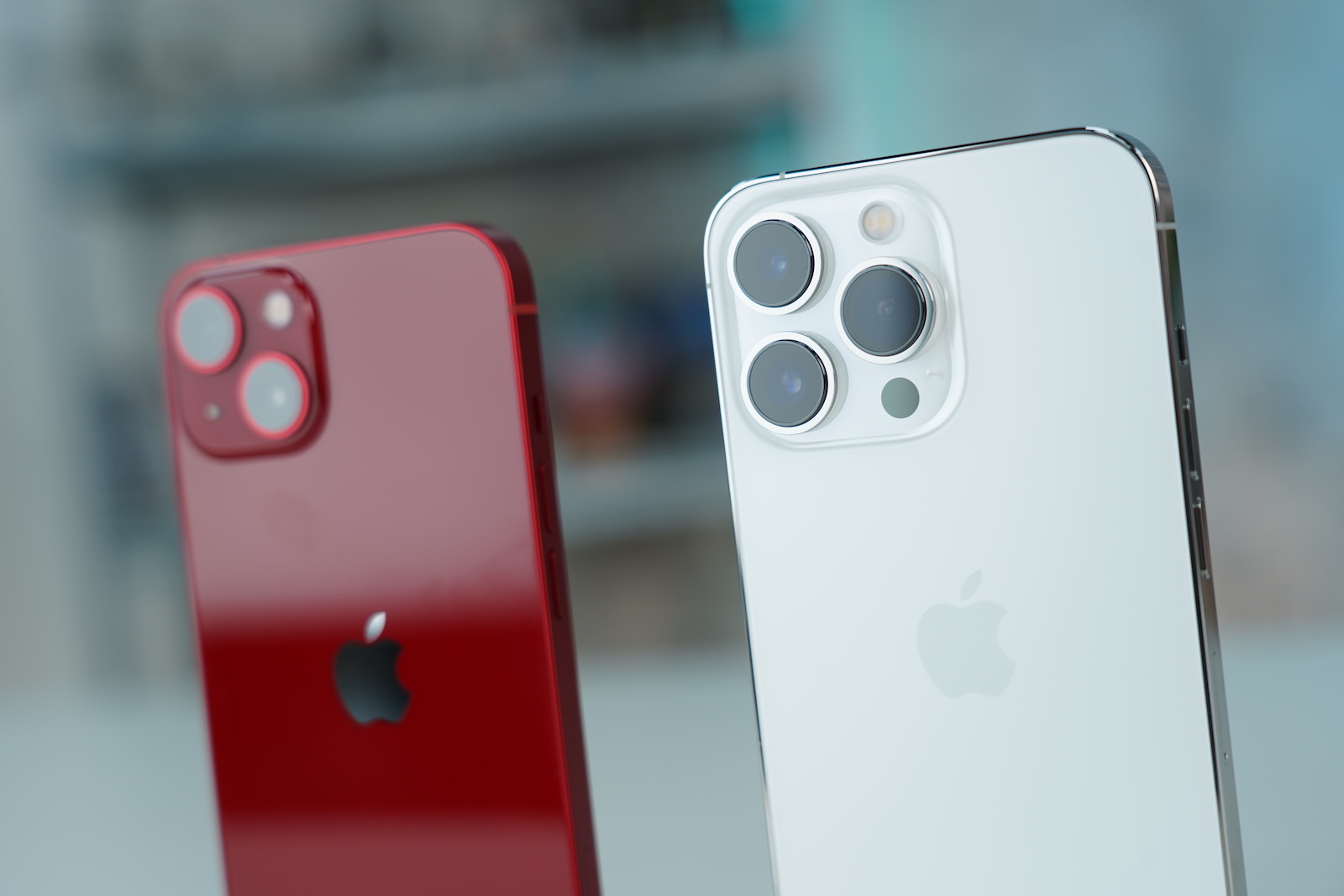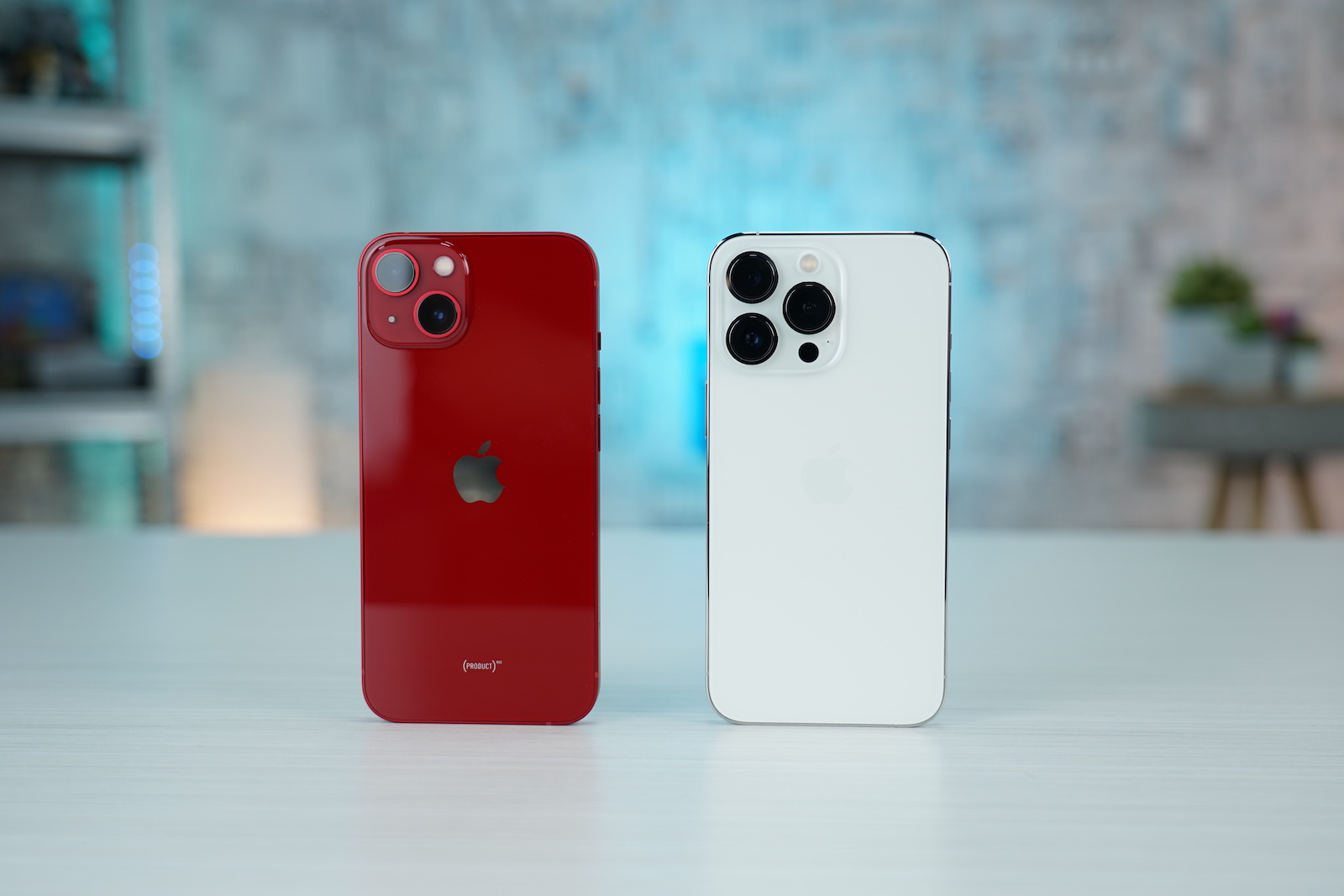In September 2017, Apple pulled off a great iPhone revolution when, alongside the iPhone 8, it also introduced the iPhone X with a completely new design. The fundamental change was the removal of the home button and the gradual and complete elimination of frames, thanks to which the display expands over the entire surface of the device. The only exception is the upper cutout (notch). It hides the so-called TrueDepth camera with all the necessary sensors and components for Face ID technology, which replaced the previous Touch ID (fingerprint reader) and is based on a 3D facial scan. With this, Apple started a new era of apple phones with a new design.
It could be interest you

Since then, there has been only one design change, specifically with the arrival of the iPhone 12, when Apple opted for sharper edges. For this generation, it is said that the Californian giant was based on the image of the popular iPhone 4. But what changes will the future bring and what can we actually look forward to?
The future of iPhone design is in the stars
Although there is always a lot of speculation around Apple accompanied by various leaks, we have slowly reached a dead end in the field of design. Apart from concepts from graphic designers, we don't have a single relevant clue. Purely theoretically, we could easily have more detailed information, but if the whole world was not focused on a single thing. Here we return to the already mentioned cut-out. Over time, it became a thorn in the side not only of the apple growers themselves, but also of others. There's really nothing to be surprised about. While the competition almost immediately switched to the so-called punch-through, which leaves more space for the screen, Apple, in contrast, still bets on the cut-out (which hides the TrueDepth camera).
This is precisely why there is practically nothing else to discuss among apple growers. There are still reports that the cutout will disappear now and then, or that it will be reduced, sensors will be placed under the display, and so on. It doesn't even add much to their variability. One day the planned change is presented as a done deal, but in a few days everything is different again. It is these speculations around the cutout that virtually eliminate reports of a possible design change. Of course, we do not want to make light of the situation with the notch. This is a fairly crucial topic, and it's certainly appropriate that Apple manages to develop an iPhone without this last distraction.
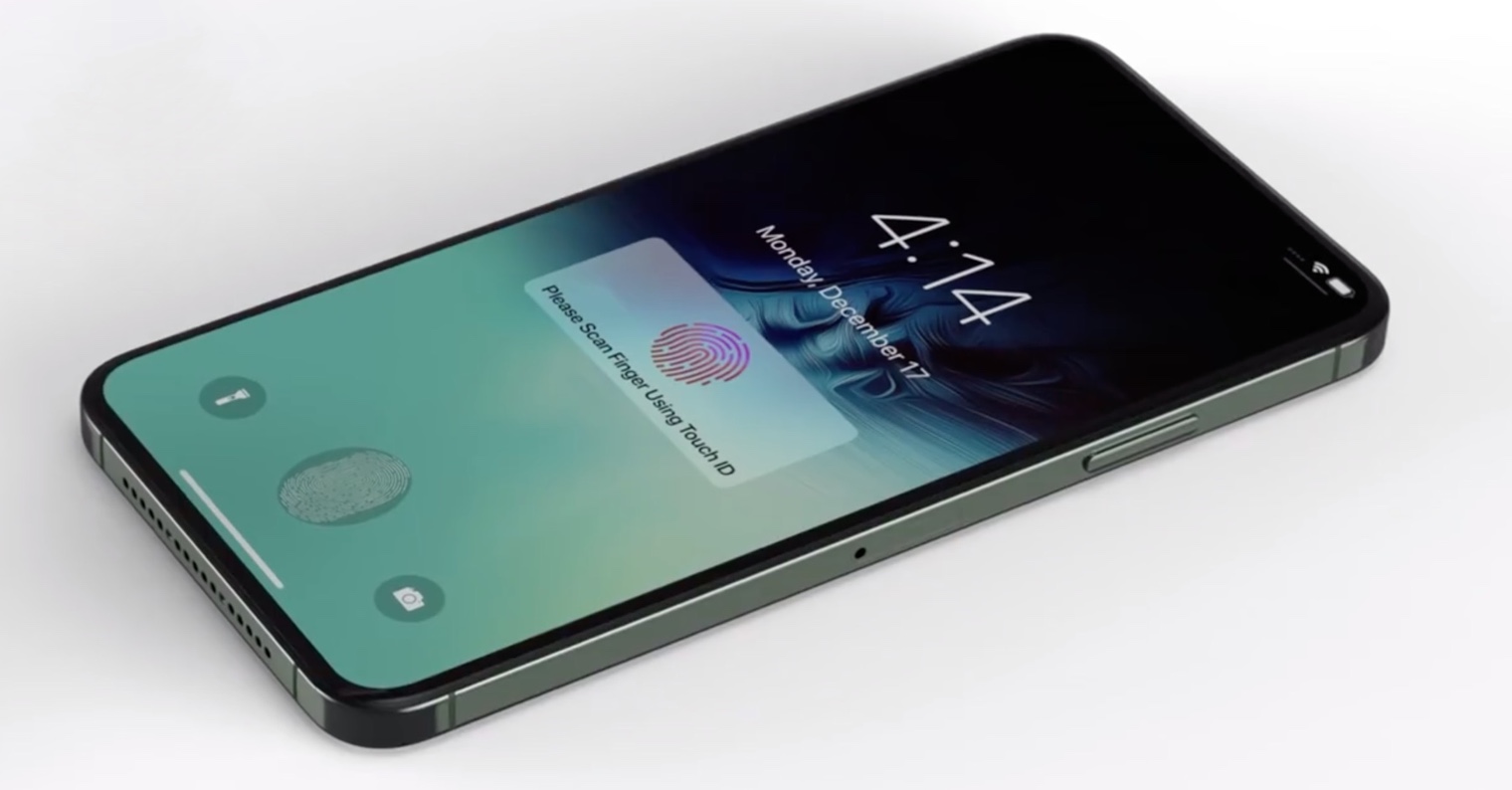
The current form reaps success
At the same time, there is another option in the game. The current apple design is a great success and enjoys solid popularity among users. After all, we had to admit it ourselves in our earlier reviews of the iPhone 12 – Apple simply nailed the transition. So why relatively quickly change something that simply works and is successful? After all, even apple lovers on various discussion forums agree on this. They themselves usually do not see the need for any design changes, they would just like some minor changes. A significant number of them would, for example, see an integrated fingerprint reader (Touch ID) directly in the display of the device. How do you view the current design of iPhones? Are you happy with it or would you like a change?
It could be interest you
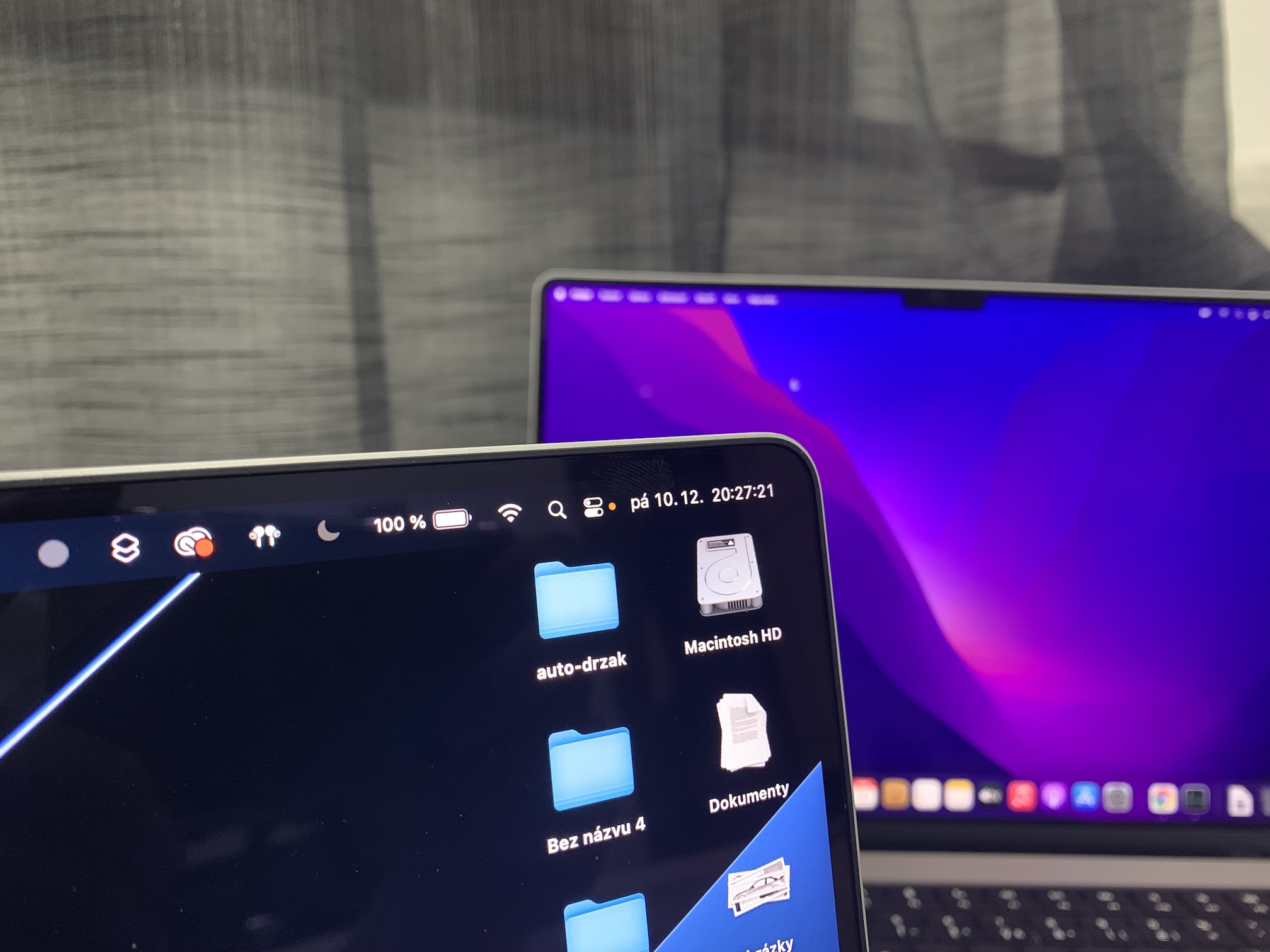
 Adam Kos
Adam Kos 